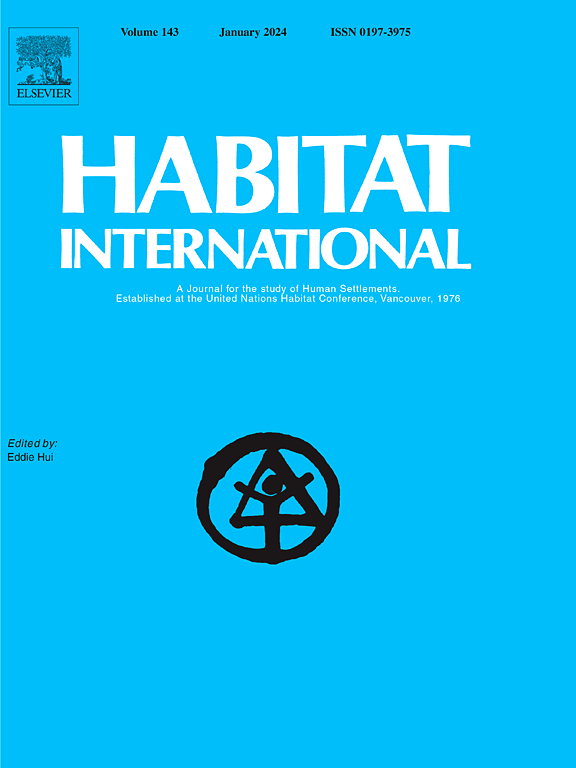Degree of technological relatedness, firm heterogeneity, and survival condition: Evidence from emerging high-tech firms in the Pearl River Delta, China
IF 6.5
1区 经济学
Q1 DEVELOPMENT STUDIES
引用次数: 0
Abstract
This study argues for nonlinear relationships between relatedness and survival conditions of emerging high-tech firms in regions by operationalizing the degree of technological relatedness (TR) as a mixture of relatedness and unrelatedness. It further examines how micro-level firm heterogeneity with regional embeddedness mediates the role of the meso-level degree of TR, with evidence from emerging high-tech firms in the Pearl River Delta, China. It identifies a threshold for the role of the degree of TR and an inverted U-curve manifesting beyond the threshold point. The investigation particularly elucidates the mediating mechanisms through firm heterogeneity with regional embeddedness across the aspects of entrepreneurial condition, employment size, industrial chain segment, and industrial life cycle. This study contributes to evolutionary economic geography by embedding intra-firm capabilities as micro-foundations into meso-level relatedness and regional structural architectures.
技术关联度、企业异质性与生存条件:来自珠三角新兴高科技企业的证据
本研究通过将技术关联度(TR)作为关联度与非关联度的混合,论证了区域新兴高科技企业关联度与生存条件之间的非线性关系。本文以中国珠江三角洲新兴高科技企业为研究对象,进一步探讨了微观层面的企业区域嵌入异质性如何调节中观层次的创新程度。它确定了TR程度作用的阈值和超过阈值点的倒u型曲线。研究特别阐明了企业异质性在创业条件、就业规模、产业链环节和产业生命周期等方面的中介机制。本研究通过将企业内部能力作为微观基础嵌入到中观关联性和区域结构架构中,为演化经济地理学做出了贡献。
本文章由计算机程序翻译,如有差异,请以英文原文为准。
求助全文
约1分钟内获得全文
求助全文
来源期刊

Habitat International
Multiple-
CiteScore
10.50
自引率
10.30%
发文量
151
审稿时长
38 days
期刊介绍:
Habitat International is dedicated to the study of urban and rural human settlements: their planning, design, production and management. Its main focus is on urbanisation in its broadest sense in the developing world. However, increasingly the interrelationships and linkages between cities and towns in the developing and developed worlds are becoming apparent and solutions to the problems that result are urgently required. The economic, social, technological and political systems of the world are intertwined and changes in one region almost always affect other regions.
 求助内容:
求助内容: 应助结果提醒方式:
应助结果提醒方式:


